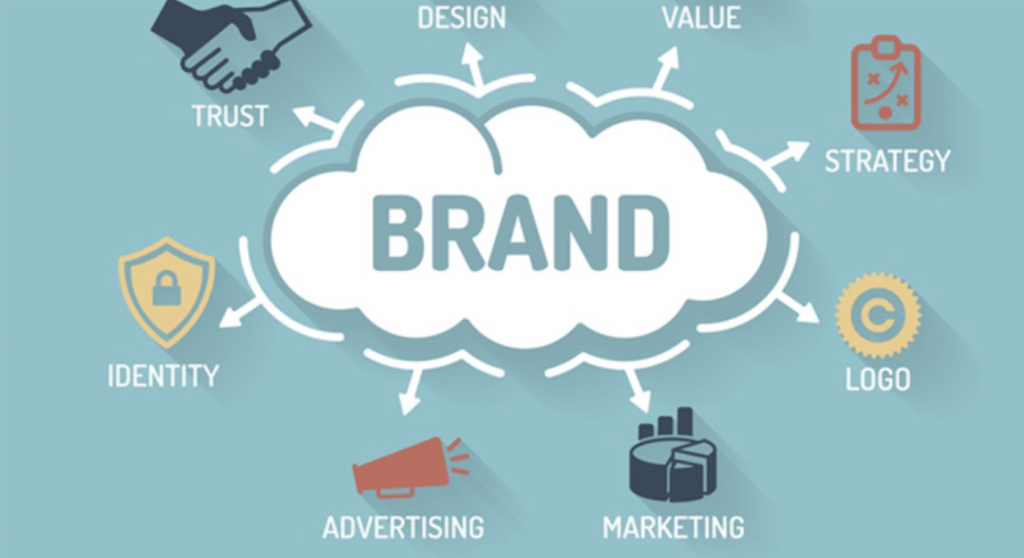
6 Major Principles of Brand Management for Successful Business
Brand Strategy: How to Build a Strong, Consistent Brand That Drives Results
Many companies make the mistake of building a brand without a clear strategy—essentially taking a shot in the dark and hoping for success. Without a unified brand message, strong identity, and consistent execution, marketing efforts often fall flat, leading to wasted time, resources, and missed opportunities.
A well-defined brand strategy isn’t just about choosing the right logo or color scheme; it’s about creating a clear purpose, establishing trust, and making your brand instantly recognizable. When done correctly, a strategic approach to branding leads to customer loyalty, increased brand awareness, and long-term business growth.
At Chatter Marketing Tulsa, we help businesses build and implement brand strategies that work. Let’s break down the key steps to building a powerful brand that resonates with your audience and delivers measurable results.
Why a Strong Brand Strategy Matters
Branding goes beyond visual elements—it’s about how people perceive your business. A strong brand strategy:
- Creates a distinct identity that differentiates your business from competitors
- Builds trust and credibility with your audience
- Provides consistency across all marketing channels
- Enhances customer loyalty, leading to repeat business and referrals
- Drives higher ROI by making marketing efforts more effective
Without a solid strategy, your brand can appear disjointed, forgettable, or untrustworthy—all of which make it harder to attract and retain customers.
The 6 Key Steps to Building a Brand Strategy That Works
Step 1: Audit & Research Your Brand
Before shaping your brand, you need to understand where you stand. Conducting a brand audit and research phase allows you to:
- Analyze your current branding efforts (logos, messaging, website, marketing materials).
- Evaluate your competitors to identify gaps and opportunities.
- Gather insights from customers and employees to understand how your brand is perceived.
- Define your market position—what makes your brand unique?
A well-researched strategy lays the foundation for a successful brand.
Step 2: Define Your Brand Identity
Your brand identity is the core of who you are. To build a strong brand, you need to define:
- Your Brand Promise – What commitment are you making to your customers?
- Brand Personality – If your brand were a person, what traits would define it? (e.g., sophisticated, friendly, innovative)
- Brand Drivers – What are the main benefits customers receive from your product or service?
A great example is IKEA, whose brand isn’t just about selling furniture. Their brand promise is to “create a better everyday life”—a purpose that connects with customers on an emotional level.
Step 3: Position Your Brand in the Market
A great brand doesn’t just exist—it occupies a distinct place in the customer’s mind. Successful brand positioning requires:
- Knowing your target audience and what matters to them
- Segmenting your market to tailor messaging to different customer groups
- Developing a clear value proposition that sets you apart
For example, luxury brands position themselves as exclusive and high-end, while budget-friendly brands highlight affordability and accessibility. Where does your brand fit in?
Step 4: Express Your Brand Through Visual & Verbal Identity
Once your brand identity is established, it’s time to bring it to life visually and verbally. With the help of Chatter Marketing Tulsa, you can create a consistent and professional brand presence by developing:
- A Logo and Brand Name – Your visual representation should be memorable and unique.
- Color Palette and Typography – Colors evoke emotions, and fonts reinforce personality.
- Brand Voice and Messaging – Is your brand tone authoritative, friendly, or playful? Every message should align with this.
Branding is all about consistency—if your logo, messaging, and tone don’t align, customers may feel disconnected from your brand.
Step 5: Build Awareness and Promote Your Brand
Even the best branding efforts are wasted if no one knows about them. A strong brand strategy includes intentional marketing efforts to grow awareness. This includes:
- Social Media Presence – Creating engaging content that reflects your brand identity.
- Content Marketing – Publishing blogs, videos, and infographics that showcase your expertise.
- Email Campaigns – Staying top-of-mind with personalized, value-driven emails.
- Advertising – Whether digital or traditional, your ads should reinforce your brand’s messaging and identity.
Most importantly, your brand must remain consistent across all platforms—from your website and social media to your print materials and customer interactions.
Step 6: Measure, Monitor, and Adjust
Branding isn’t a one-and-done effort. It requires ongoing evaluation and refinement to ensure your strategy stays effective. To measure your brand’s impact:
- Collect customer feedback on your messaging and overall perception.
- Analyze brand recognition—do people remember your brand?
- Track marketing performance metrics (website traffic, social engagement, conversion rates).
- Monitor how well your employees understand and communicate your brand values.
If something isn’t working, adjust accordingly—brands evolve over time, and yours should too.
The Power of a Well-Executed Brand Strategy
Branding is more than just a logo or a catchy slogan—it’s about creating meaningful connections with your audience. A strong brand strategy ensures that your business:
- Attracts the right customers
- Creates long-term loyalty
- Drives revenue growth
- Stands out from the competition
At Chatter Marketing Tulsa, we help businesses build brands that last. Whether you need to define your brand, refresh your identity, or create a marketing strategy that aligns with your brand, we’re here to help.
Final Thoughts: Take Your Brand to the Next Level
A well-executed brand strategy is the key to business growth and long-term success. When done correctly, it builds trust, loyalty, and recognition, making all of your marketing efforts more effective.
Are you ready to build a powerful, consistent brand that drives results? Contact Chatter Marketing Tulsa today and let’s create a brand strategy that sets you apart.
